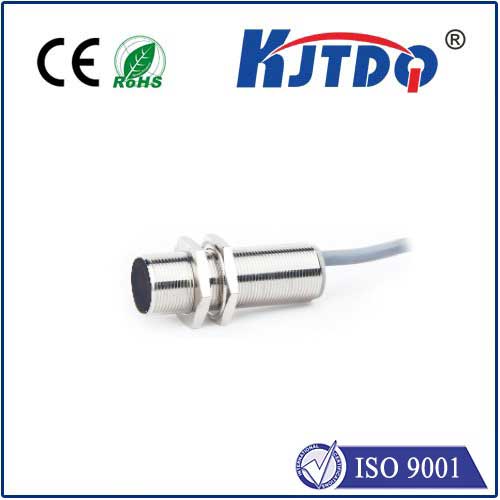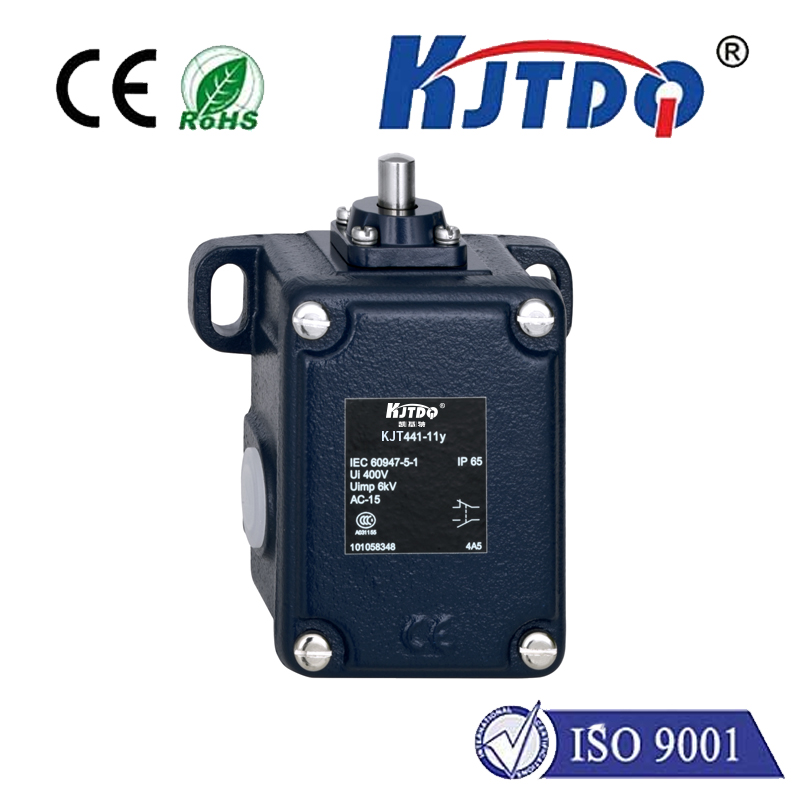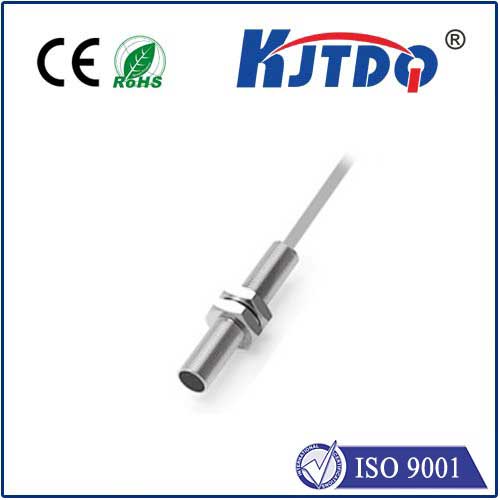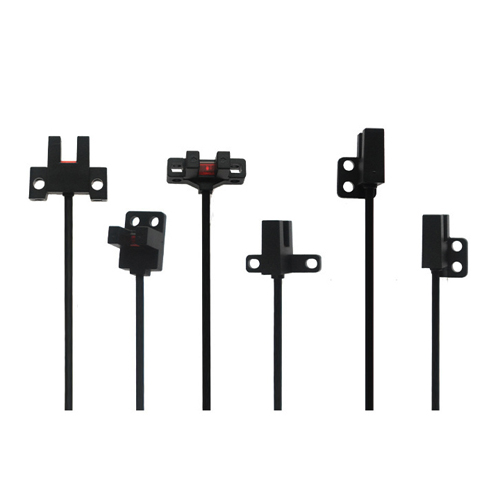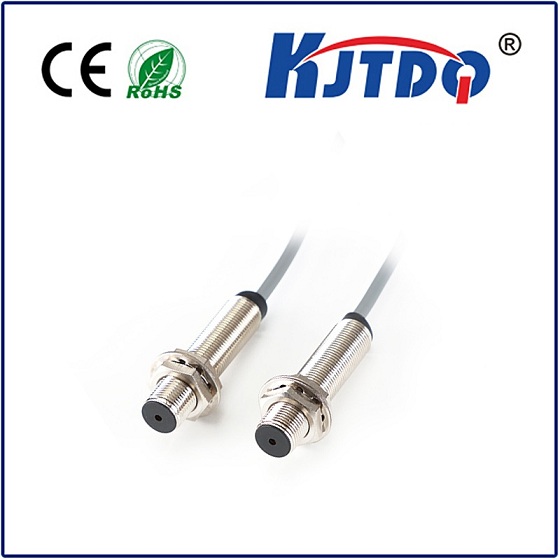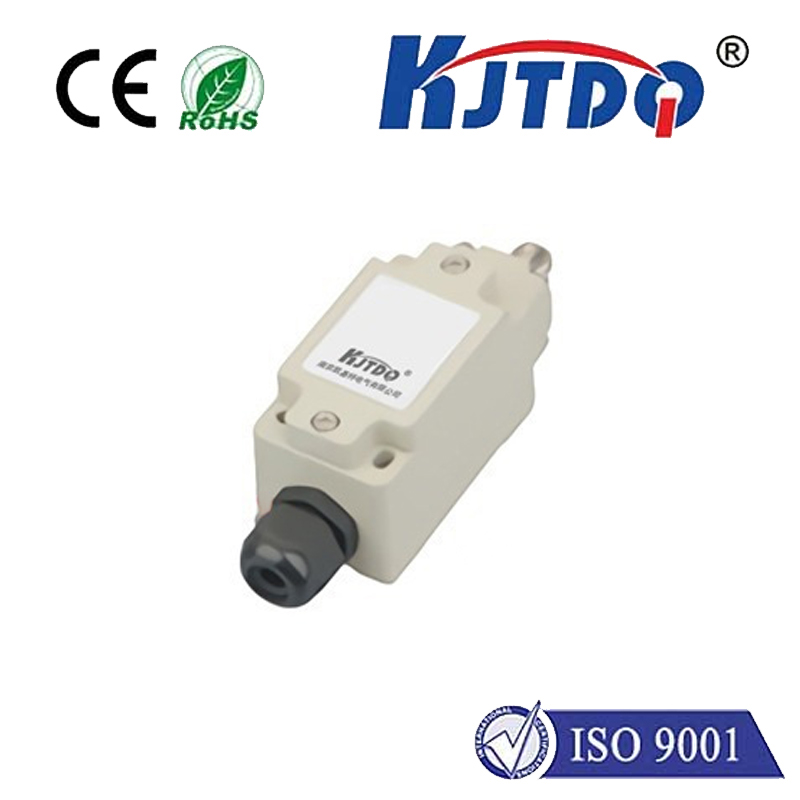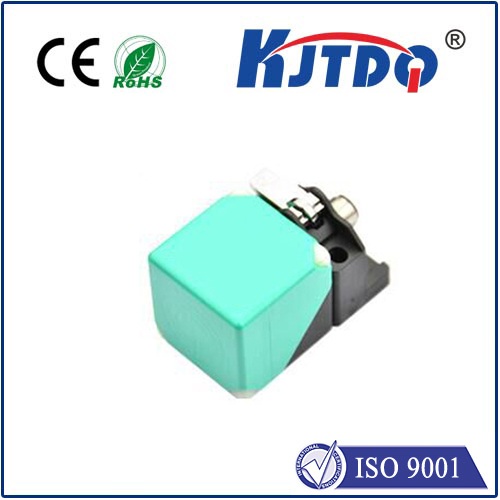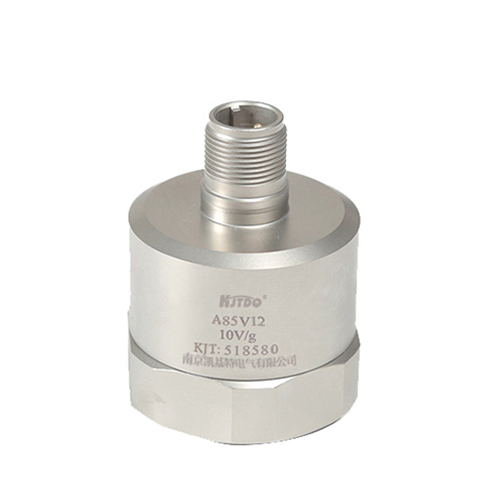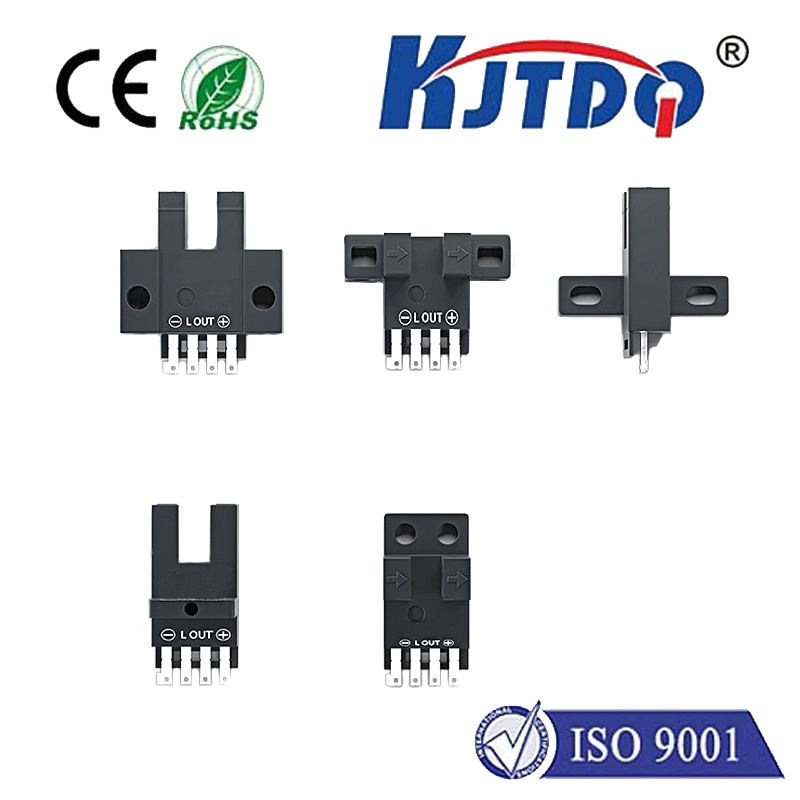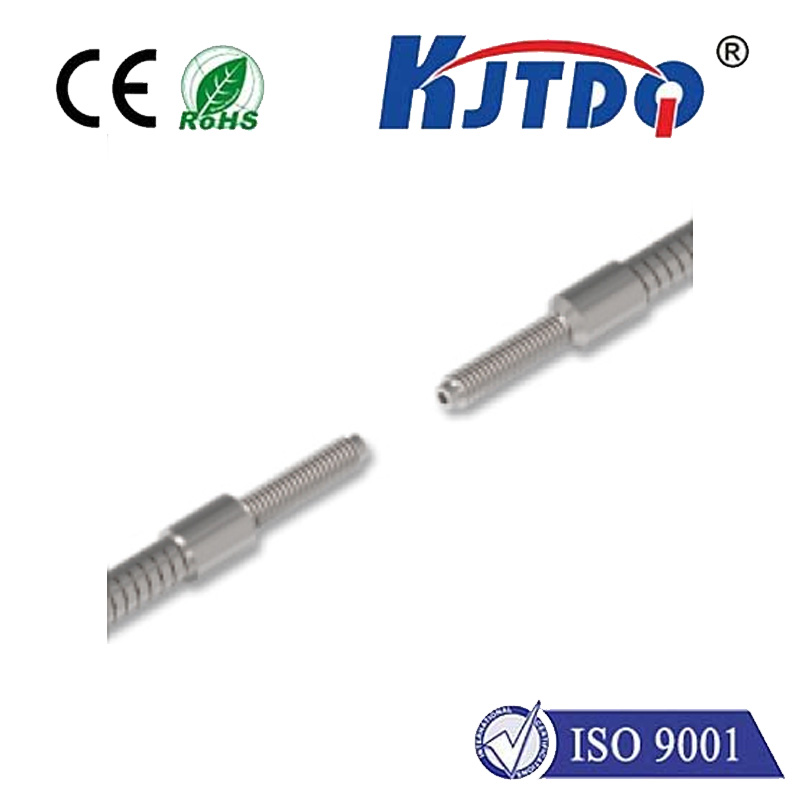

check

check

check

check

check

check

check

check

check

check
Title: The Importance of Heat Limit Switches in Industrial Automation Systems
Heat limit switches are a critical component in industrial automation systems, serving as safety devices that prevent equipment from overheating and potentially causing damage or even loss of life. These specialized switches are designed to detect changes in temperature and trigger an alarm or other action when the heat limit is exceeded, allowing operators to take immediate action to prevent any potential hazards. In this article, we will explore the key features and benefits of heat limit switches and their role in ensuring the safe and reliable operation of industrial processes.
The primary function of a heat limit switch is to monitor the temperature inside an equipment chamber or area. This can be achieved through various sensing methods such as infrared, photoelectric, or thermocouple-based sensors. Once the temperature exceeds the predefined limit set by the manufacturer, the switch triggers an alarm or other action that alerts operators to potential problems. This allows for quick response times and reduces the risk of equipment failure due to overheating.
One of the most significant advantages of heat limit switches is their ability to provide continuous monitoring without requiring frequent calibration or maintenance. This means operators can focus on their tasks without being distracted by the need to constantly check the temperature of their equipment. Additionally, heat limit switches can be integrated into control systems to provide real-time feedback on process parameters, enabling operators to make more informed decisions and optimize their operations.
Another advantage of heat limit switches is their versatility in handling different types of equipment and applications. From large industrial machinery to small laboratory apparatuses, heat limit switches can be customized to fit a wide range of temperature ranges and operating conditions. This makes them a cost-effective solution for numerous industries, including metalworking, chemical processing, mining, and food processing.
In addition to their safety benefits, heat limit switches also contribute to overall efficiency and productivity in industrial processes. By preventing equipment fromOverheating, they help prolong equipment life and reduce downtime caused by unexpected failures. This results in reduced costs associated with maintenance, repair, and replacement of damaged equipment, ultimately leading to increased profitability for businesses.
To ensure maximum effectiveness and performance of heat limit switches, it is essential to select the right type of switch for each application based on factors such as temperature range, detection method, and activation response time. Furthermore, regular maintenance and inspection of heat limit switches are critical for maintaining their accuracy and preventing malfunctions.
In conclusion, heat limit switches play a crucial role in ensuring the safe and efficient operation of industrial processes by detecting and preventing equipment overheating. Their ability to provide continuous monitoring, adaptability to various applications, and cost-effectiveness make them a valuable asset in any industrial automation system. By incorporating these switches into their operations, businesses can improve safety, increase productivity, and reduce costs associated with equipment breakdowns and replacements.
